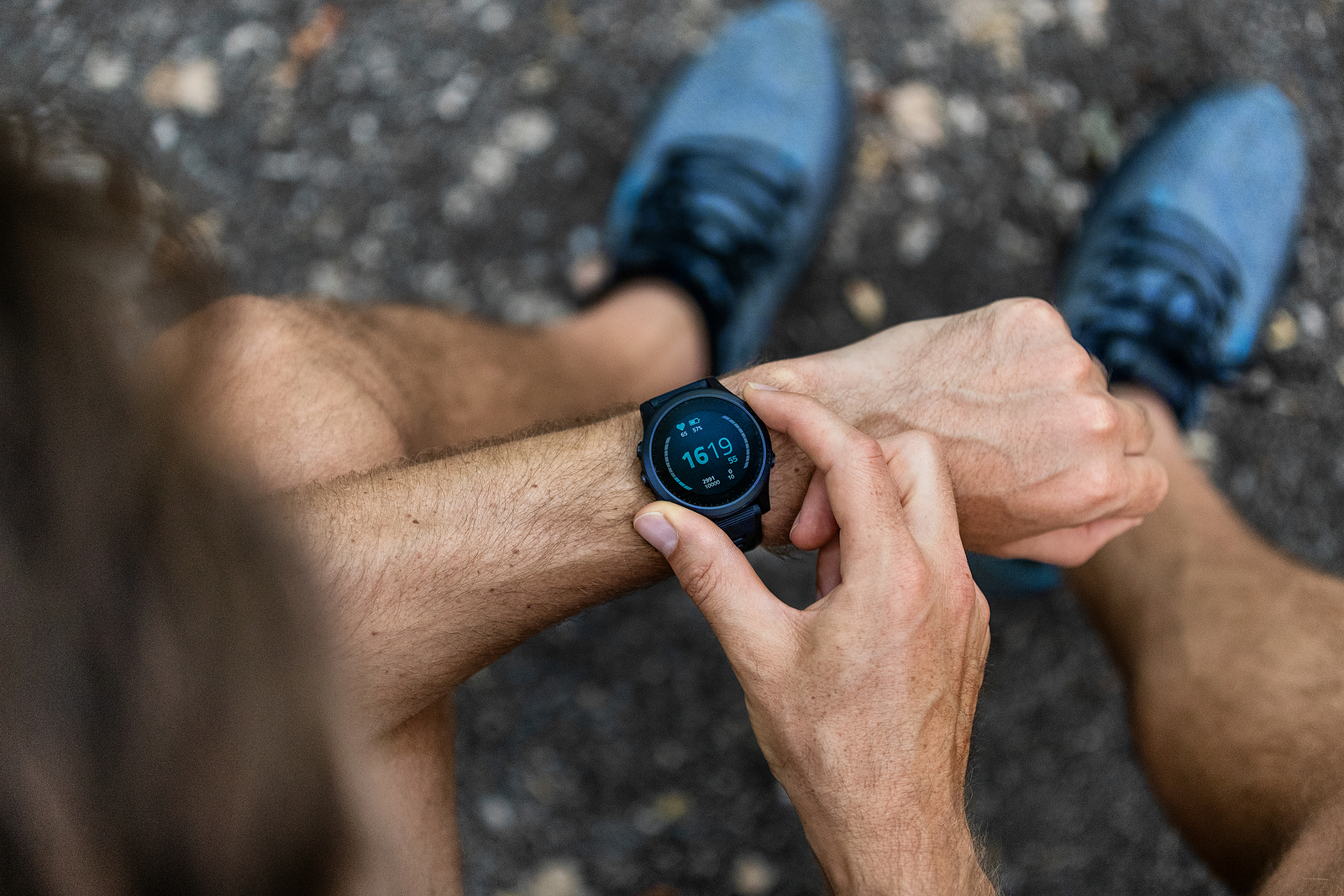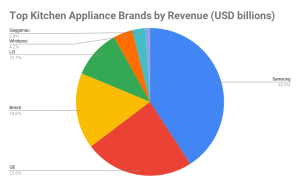Contents
Get ready to experience the next level of convenience and connectivity with the futuristic smt 4 smart watch. This cutting-edge wearable technology is revolutionizing how we interact with our devices and stay connected on the go. With its sleek design and advanced features, the smt 4 smart watch is set to become an indispensable companion for tech enthusiasts and fashion-conscious individuals alike. Stay tuned to discover how this remarkable device is shaping the future of wearable technology.
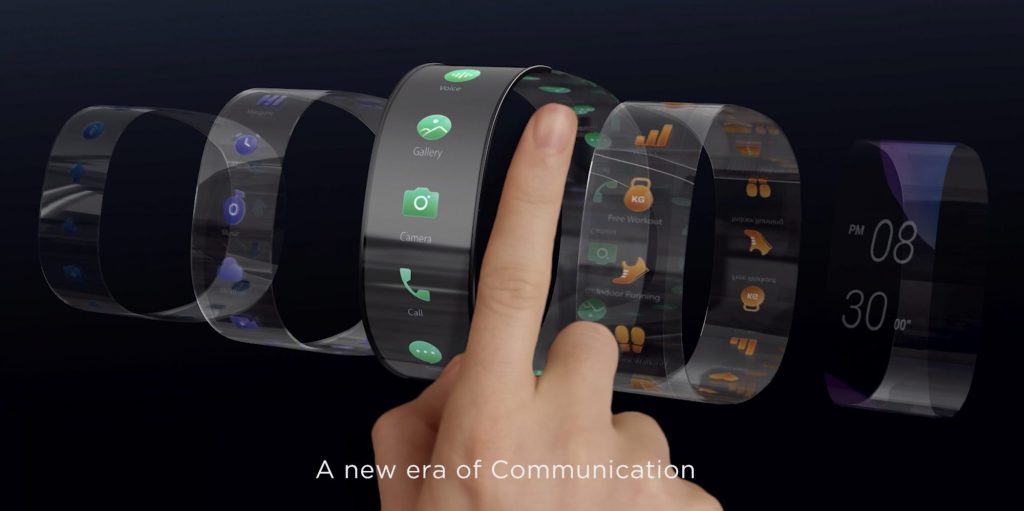
Overview of Smart Watches
Smart watches, the latest trend in wearable technology, have become an indispensable accessory for tech-savvy individuals. These versatile devices combine cutting-edge technology and stylish design to offer numerous features and functionalities at your fingertips. From fitness tracking to seamless connectivity, smart watches have transformed the way we interact with our digital world. In this comprehensive article, we will delve into the definition, evolution, current market trends, and various aspects of smart watches.
Definition of Smart Watches
Smart watches can be best described as miniaturized computers that you can wear on your wrist. They are designed to work in tandem with your smartphone or as stand-alone devices. Equipped with a touchscreen display, sensors, and advanced software, these devices offer a wide range of capabilities beyond simply telling time. With their ability to run apps, receive notifications, and track your activities, smart watches are becoming indispensable companions for everyday life.
Evolution of Smart Watches
The journey of smart watches began back in the early 1980s when calculator watches emerged as the first generation of wearable technology. These basic timepieces added the functionality of a calculator, but their limited capabilities failed to capture widespread interest. It was only in the 2010s that major tech companies like Apple, Samsung, and Garmin started making significant advancements in smart watch technology, introducing sleeker designs, improved battery life, and a wider range of features. Today, smart watches continue to evolve, with each new generation offering greater performance, enhanced connectivity, and innovative functionalities.
Current Market Trends
The smart watch market is currently experiencing robust growth, fueled by the increasing demand for connected devices and fitness tracking. With the integration of advanced sensors, such as heart rate monitors and GPS tracking, smart watches have become a popular choice among fitness enthusiasts. Additionally, the rise of health and wellness consciousness has boosted the adoption of smart watches, as these devices offer features like sleep tracking, calorie monitoring, and stress management. The market is also witnessing a growing focus on fashion and style, with leading brands partnering with fashion houses and introducing customizable designs. As the technology continues to advance, the future of smart watches looks promising, with exciting trends and innovations on the horizon.
Technological Advancements
Smart watches have seen remarkable technological advancements in recent years, allowing them to offer an array of useful features and functionalities. Let’s explore some of the key advancements that have transformed these devices into powerful companions.
Improvements in Display Technology
One of the significant advancements in smart watches is the improvement in display technology. Early models featured monochrome or basic color displays with limited visibility in bright sunlight. However, with the introduction of OLED and AMOLED displays, smart watches now offer vibrant and sharp visuals, even in challenging lighting conditions. Moreover, curved displays have become common, providing a more immersive and aesthetically pleasing user experience.
Enhanced Battery Life
Battery life has long been a concern for smart watch users. Initially, most smart watches struggled to last a full day on a single charge. However, manufacturers have made significant strides in optimizing power consumption and introducing efficient battery management techniques. With improved battery capacity and advanced power-saving modes, many modern smart watches can now last several days or even weeks, depending on usage.
Integration with Internet of Things (IoT)
Smart watches are increasingly becoming a vital part of the Internet of Things (IoT) ecosystem. Through seamless connectivity and integration, these devices can communicate with other smart devices in your home, such as smart lighting, thermostats, and security systems. This connectivity allows for convenient control and automation, making your smart watch a central hub for managing various aspects of your connected home.
Voice Recognition and Artificial Intelligence
Smart watches are getting smarter, thanks to advancements in voice recognition and artificial intelligence (AI). With the integration of virtual assistant technologies like Siri, Google Assistant, and Alexa, you can perform tasks, make calls, send messages, and control various functions on your smart watch through voice commands. AI algorithms also analyze your usage patterns and preferences to provide personalized recommendations, reminders, and proactive assistance, making your smart watch a truly personalized device.
Health and Fitness Tracking
Another significant aspect of technological advancement in smart watches is their focus on health and fitness tracking. Beyond basic step counting, modern smart watches integrate advanced sensors to monitor heart rate, sleep patterns, calorie expenditure, and much more. Real-time data and advanced algorithms provide insights into your overall health and wellness, enabling you to make informed decisions and embark on a fitter lifestyle.
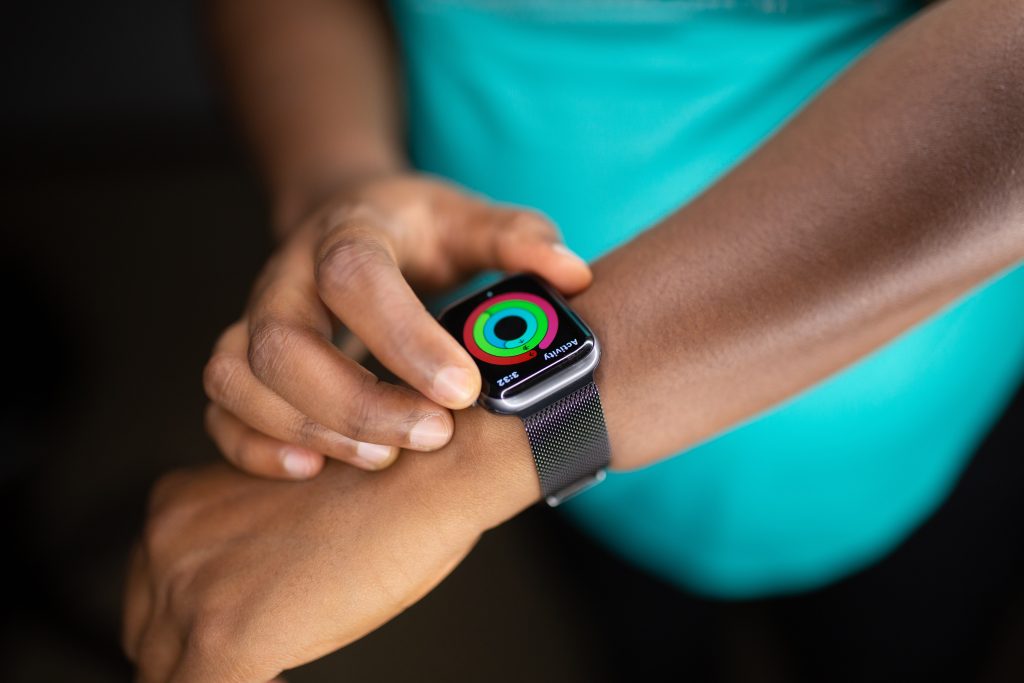
User Interface and Experience
To ensure a seamless and intuitive user experience, smart watches employ various user interface design principles and features. Let’s explore some of the key aspects that enhance the usability and personalization of these devices.
Intuitive Interface Design
Smart watches prioritize simplicity and ease of use in their user interfaces. They employ touchscreens, buttons, and bezels for navigation and interaction. The interface is designed to be visually pleasing, with clear and concise icons and menus that are easy to navigate. Gesture-based controls, such as swiping and tapping, allow for quick and effortless interaction with the device.
Customization and Personalization
Smart watches offer a high level of customization, allowing you to personalize the look, feel, and functionalities of the device. You can choose from a wide range of watch faces, each offering unique styles, complications, and information displays. Additionally, many smart watches support interchangeable straps and accessories, enabling you to match your device to your personal style or occasion.
Seamless Integration with Mobile Devices
Smart watches seamlessly integrate with your smartphone, providing a convenient extension of your digital life. They can display notifications for calls, messages, emails, and social media alerts, allowing you to stay connected without constantly reaching for your phone. You can also control and interact with your smartphone’s apps and media playback directly from your wrist, eliminating the need to constantly take out your phone.
Voice and Gesture Control
Smart watches take advantage of voice and gesture control to provide hands-free operation. Voice commands allow you to perform various tasks, such as dictating messages, setting reminders, or initiating phone calls. Gesture control, such as raising your wrist to wake the device or swiping left and right to navigate menus, further enhances the convenience and hands-free experience.
Design and Fashion
Smart watches have not only focused on technology but have also made significant strides in design and fashion. Manufacturers understand that consumers want smart watches that not only offer advanced functionalities but also complement their style and attire. Let’s explore some design advancements in smart watches.
Slimmer Profiles and Lightweight Materials
Smart watches have undergone a transformation in terms of their physical appearance. Early models were bulky and often resembled miniature computers on the wrist. However, manufacturers have managed to shrink the size and slim down the profiles of smart watches without compromising on functionality. Additionally, the use of lightweight materials, such as aluminum, titanium, and ceramic, has further enhanced wearability and comfort.
Interchangeable Straps and Accessories
To cater to personal style preferences, smart watches now offer interchangeable straps and accessories. You can easily switch between different straps, such as silicone, leather, stainless steel, or even fashionable fabric bands, to match your outfit or personal style. Furthermore, manufacturers also offer a range of stylish accessories, such as cufflinks and watch cases, to enhance the overall look and fashion appeal of the device.
Integration of Smart Watches into Fashion Industry
Smart watches are making their way into the fashion industry, with leading brands partnering with renowned fashion houses and designers to create stylish and luxurious smart watches. These collaborations have resulted in smart watches that seamlessly blend fashion with cutting-edge technology, catering to those who prioritize both style and functionality. With customizable watch faces, designer straps, and exclusive limited editions, smart watches are becoming true fashion statements.
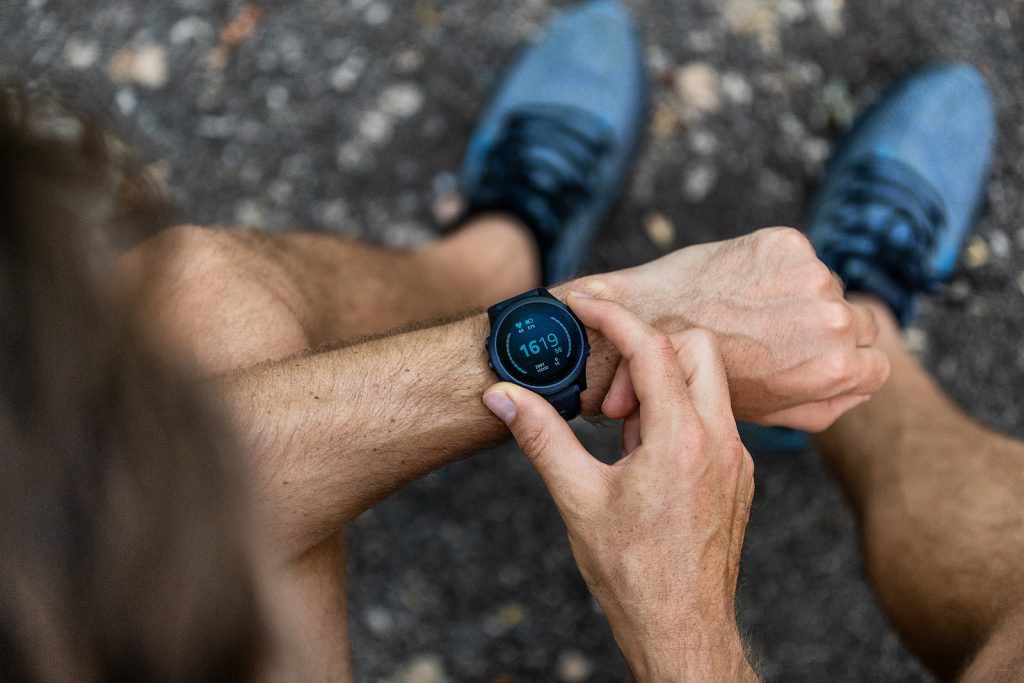
Health and Wellness Applications
Smart watches have become invaluable tools in monitoring and improving health and wellness. Let’s explore some of the key applications and features that make smart watches indispensable companions for your well-being.
Heart Rate Monitoring
Advanced heart rate monitoring sensors in smart watches allow you to continuously track your heart rate throughout the day, providing insights into your cardiovascular health. By analyzing your heart rate patterns during different activities, smart watches can help you optimize your workouts, monitor stress levels, and detect irregularities that may require further medical attention.
Sleep Tracking
Sleep plays a vital role in our overall well-being, and smart watches excel in helping you monitor and improve your sleep quality. By tracking your sleep patterns, including deep sleep, light sleep, and rapid eye movement (REM) sleep, smart watches can provide insights into your sleep duration and quality. Armed with this information, you can make adjustments to your sleep habits and create a healthier sleep routine.
Activity and Exercise Tracking
One of the primary features of smart watches is their ability to track your activity levels and exercise performance. Built-in accelerometers, gyroscopes, and GPS sensors enable smart watches to accurately track steps, distance, calories burned, and even specific activities like running, cycling, or swimming. Real-time feedback and progress tracking help you stay motivated and make informed decisions about your fitness goals.
Stress and Mental Health Monitoring
In addition to physical health, smart watches are now incorporating features to monitor and manage mental health. By analyzing heart rate variability, sleep patterns, and other physiological data, smart watches can provide insights into your stress levels, potentially enabling you to identify triggers and manage stress more effectively. Additionally, features like guided breathing exercises and mindfulness reminders help promote relaxation and mental well-being.
Communication and Connectivity
Smart watches serve as an extension of your smartphone, allowing you to stay connected without constantly reaching for your phone. Let’s explore the various communication and connectivity features that make smart watches invaluable companions.
Call and Message Notifications
With a smart watch on your wrist, you no longer need to take out your phone every time you receive a call or message. Smart watches can display incoming call and message notifications, allowing you to quickly glance at the sender or caller and decide whether it requires immediate attention. Some smart watches even allow you to answer calls and reply to messages directly from the device, using built-in speakers and microphones or through voice dictation.
Email and Social Media Integration
Whether it’s important work emails or updates from your favorite social media platforms, smart watches keep you in the loop without the need for constant phone-checking. By leveraging syncing capabilities with your smartphone, smart watches can display email previews and social media alerts, allowing you to triage your messages and stay updated on the go. While longer emails may require opening your phone, smart watches offer convenient previews and ensure you never miss an important message.
Wireless Connectivity (Wi-Fi, Bluetooth, NFC)
Smart watches leverage wireless connectivity technologies like Wi-Fi, Bluetooth, and Near Field Communication (NFC) to connect and communicate with other devices. Wi-Fi connectivity allows you to access the internet, download apps, or stream music directly from your smart watch. Bluetooth enables seamless pairing with your smartphone, ensuring constant connectivity for notifications, calls, and media playback. NFC, on the other hand, enables contactless payments via mobile wallets like Apple Pay or Google Pay, allowing you to make purchases effortlessly using just your smart watch.
Mobile Payment and Digital Wallet Integration
Smart watches are increasingly becoming a convenient and secure means of making payments. By integrating with popular mobile payment systems, smart watches can store your credit or debit card information and process transactions with just a flick of your wrist. With built-in NFC technology, you can simply tap your smart watch on a compatible payment terminal to complete secure transactions, eliminating the need to carry physical cards or cash.
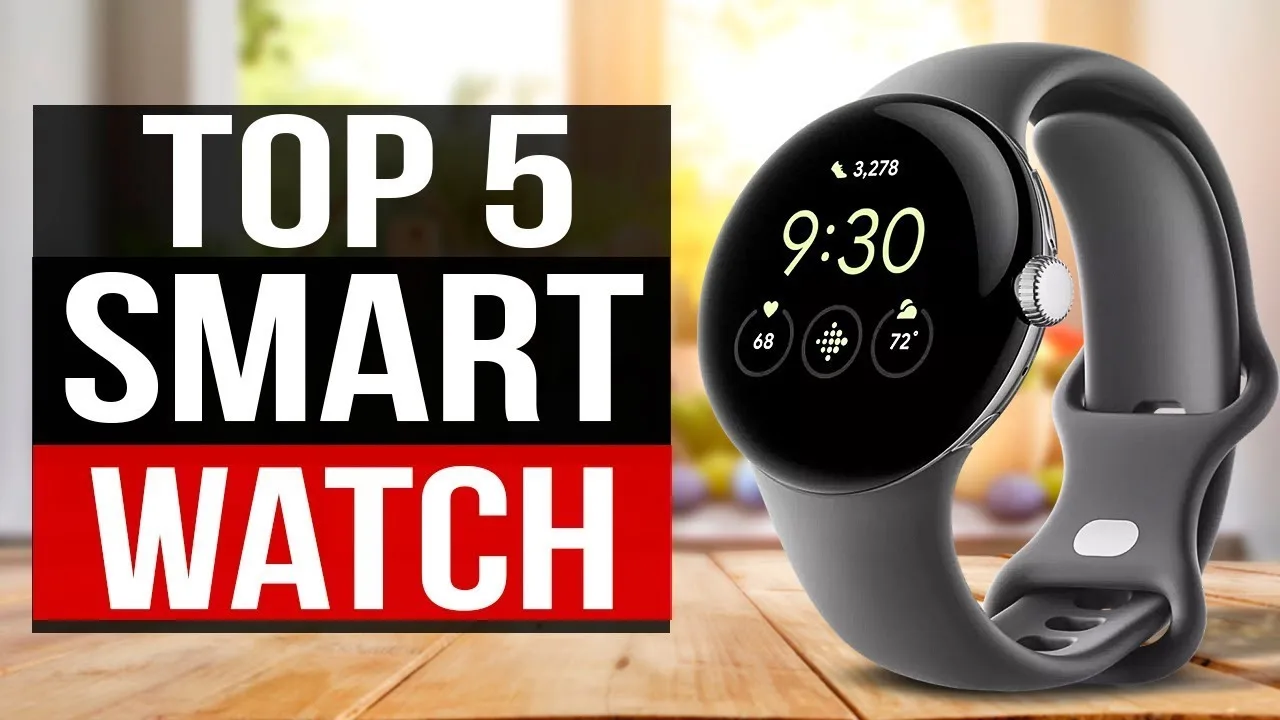
Entertainment and Media Features
Smart watches have evolved beyond just functional devices, offering a range of entertainment and media features to enhance your digital lifestyle. Let’s explore some of these exciting features.
Music and Media Playback
Smart watches allow you to control your music and media playback directly from your wrist. Whether you’re jogging, commuting, or simply lounging at home, you can play, pause, skip tracks, and adjust the volume with ease. Paired with Bluetooth earphones, smart watches offer a seamless and wire-free music experience, freeing you from the hassle of handling your smartphone while enjoying your favorite tunes.
Camera and Video Capabilities
Some smart watches are equipped with cameras that allow you to capture photos and videos right from your wrist. While the image quality may not match that of a dedicated camera or smartphone, the convenience of snapping quick shots without reaching for your phone can be invaluable for capturing spontaneous moments. Smart watches with video capabilities also provide the flexibility to record short videos or take video calls directly from your wrist.
Gaming
As smart watches become more powerful, they are starting to offer gaming experiences tailored for the wrist. While the small screen size limits the complexity of games, developers have worked on creating entertaining and addictive games specifically designed for smart watches. From simple puzzle games to interactive fitness challenges, gaming on smart watches provides a unique way to pass the time and have fun on the go.
Streaming Services
With improved connectivity and storage capabilities, some smart watches now offer support for streaming services like Spotify and Apple Music. This means you can access your music library, playlists, and even podcasts directly from your wrist, eliminating the need to carry your smartphone or other music players. Whether you’re hitting the gym, going for a run, or simply relaxing at home, smart watches provide a convenient way to enjoy your favorite audio content.
Challenges and Concerns
While smart watches offer a multitude of benefits and exciting features, there are certain challenges and concerns that still need to be addressed to ensure a seamless and satisfactory user experience.
Privacy and Data Security
With the increasing amount of personal data being stored and transmitted by smart watches, privacy and data security pose significant concerns. Manufacturers need to invest in robust encryption and authentication measures to safeguard sensitive data from unauthorized access. Users also need to be mindful of the permissions they grant to the apps running on their smart watches and take steps to protect their personal information.
Compatibility and Interoperability Issues
Compatibility and interoperability between smart watches and smartphones can be a challenge, especially when it comes to pairing and syncing devices from different manufacturers. Customers may face frustrations with limited compatibility, uneven software support, or the need for additional workarounds to ensure seamless integration and functionality with their existing devices. Manufacturers need to focus on enhancing compatibility to provide a seamless user experience across platforms.
Battery Life and Charging
While battery technology has improved, smart watch users still have concerns about battery life. With increasingly powerful processors and additional sensors, smart watches require more energy to operate, which can result in shorter battery life. Users often find themselves needing to charge their smart watches daily or every few days, depending on usage. Manufacturers should continue to innovate in battery technology, seeking longer-lasting and faster-charging solutions to minimize disruption to users.
Cost and Affordability
Smart watches, particularly those from established brands, can be expensive compared to traditional watches or fitness trackers. This cost may limit the adoption of smart watches by individuals who are price-sensitive or do not require all the advanced features. As the technology matures and economies of scale come into play, it is expected that the cost of smart watches will decrease, making them more accessible to a broader range of consumers.
Emerging Trends and Innovations
As smart watch technology continues to evolve, new trends and innovations are shaping the future of these devices. Let’s explore some of the emerging trends that promise to further enhance the capabilities of smart watches.
Flexible and Foldable Displays
Flexible and foldable display technologies have the potential to revolutionize the design and functionality of smart watches. By using flexible OLED or MicroLED displays, smart watches can adapt to various form factors, including wrap-around designs or even transforming from a compact wristwatch to an extended display tablet. These advancements would offer increased screen real estate, improved visibility, and further customization options for users.
Augmented Reality (AR) Integration
Augmented reality (AR) integration has the potential to take smart watch experiences to a whole new level. By overlaying digital information and interactive elements onto the real world, smart watches can offer enhanced navigation, immersive gaming experiences, and real-time information updates in a seamless and hands-free manner. With advancements in sensor technology and software algorithms, we can expect to see more AR integration in future smart watches.
Health Monitoring Beyond Physical Metrics
While smart watches have already made significant advancements in health monitoring, the future holds even more exciting possibilities. Researchers are exploring ways to monitor more nuanced health metrics, such as blood glucose levels, oxygen saturation, and even blood pressure directly from the wrist. By expanding the scope of health monitoring, smart watches can become valuable tools for early detection and prevention of various health conditions.
Improved AI and Machine Learning Capabilities
Artificial intelligence (AI) and machine learning (ML) are expected to play a more prominent role in future smart watches. These technologies can enhance various aspects of smart watch functionalities, from personalized recommendations and predictive analysis to advanced health monitoring and voice recognition. By continually learning from user behavior and patterns, smart watches can provide users with more accurate and tailored experiences.
Future Applications of Smart Watches
With the rapid advancements in smart watch technology, possibilities for future applications are expanding. Let’s explore some of the potential areas where smart watches can find innovative and significant use.
Smart Homes and IoT Integration
Smart watches have the potential to become the central control hub for smart homes. By integrating with various IoT devices, like smart lights, thermostats, and security systems, smart watches can allow users to control and automate their homes directly from their wrists. Whether it’s adjusting the temperature, turning off lights, or checking security cameras, smart watches would provide a convenient and streamlined interface for managing the connected ecosystem of a smart home.
Medical and Healthcare
Smart watches hold immense potential in the field of medical and healthcare. With advanced sensor technologies and real-time monitoring capabilities, smart watches can assist in the early detection of health conditions, support telemedicine initiatives, and even provide vital information to emergency responders in cases of medical emergencies. By seamlessly integrating with electronic health records and collaborating with healthcare professionals, smart watches can revolutionize personalized medicine and remote patient monitoring.
Personal Assistants and Virtual Companions
As AI technology continues to advance, smart watches can evolve into powerful personal assistants and virtual companions. Going beyond simple voice commands, these devices can proactively assist users by anticipating their needs, providing personalized recommendations, and even simulating natural conversations. With advanced natural language processing and contextual understanding, smart watches can become true virtual companions, offering companionship, entertainment, and support throughout the day.
Enhanced Security and Authentication
Smart watches can play a crucial role in enhancing security and authentication in various scenarios. By leveraging biometric sensors like heart rate monitors and electrocardiogram (ECG) sensors, smart watches can provide robust user authentication and identification. Whether it’s unlocking smart devices, accessing secure areas, or authorizing transactions, smart watches offer an additional layer of security and convenience by utilizing unique biometric signatures.
Smart watches have made remarkable strides in recent years, combining style, function, and technology seamlessly. As displays improve, battery life increases, and AI becomes more advanced, the prospects for smart watches grow ever more exciting. From health monitoring and communication to entertainment and security, smart watches are poised to enhance our lives in countless ways, becoming an integral part of our connected world. Keep an eye on the horizon as new trends and innovations continue to reshape the future of wearable technology.

